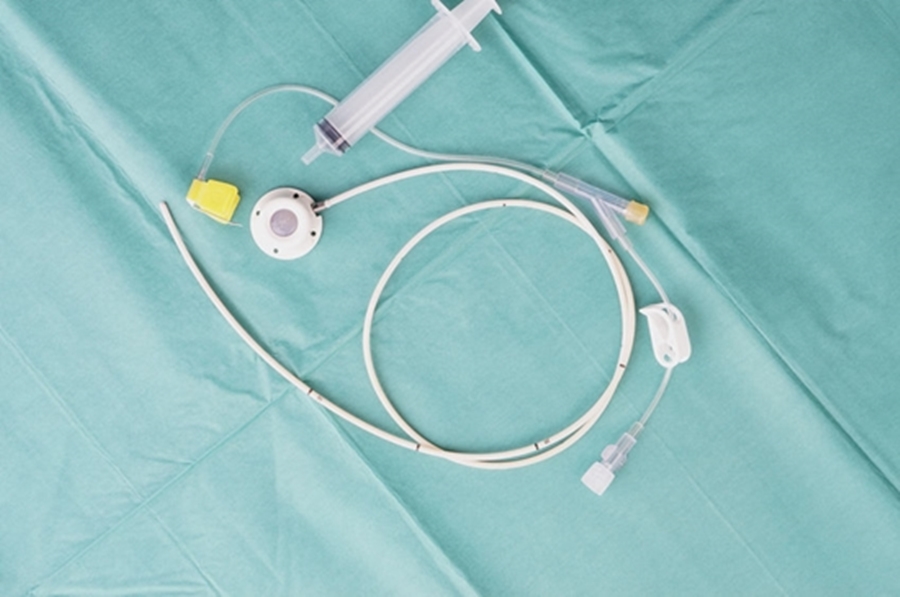Moving Joints Through Their Full Range-of-Motion
What are range-of-motion exercises? Just what they say. Moving each joint in every direction that it can naturally move. Its gentle movements start small and gradually get bigger and bigger until the joint has fully expanded to its best potential. You do that 3 or 4 times for each joint: arm, leg, foot, hand, finger, toe, knee, elbow, shoulder, hip, ankle, and wrist. As the caregiver assists the care receiver with the movements, they must use proper body mechanics to prevent injury and properly position the joints.
Lack of Movement Leads to Complications
Potential complications can develop when someone cannot move their joints and muscles. Lack of movement causes pain from stiffness, but prolonged lack of action can cause the joints to freeze in the position they stay. As a result, a contracture forms, and once formed, it usually stays permanently and reduces that limb’s use. However, positioning them with correct body alignment and using range-of-motion exercises can help reduce their discomfort.
Preventing Contractures
Range of Motion (ROM) helps prevent contractures, which develop when muscles and joints shorten and freeze permanently due to lack of use. A contracture can become excruciating and debilitating because the limb can form into a very awkward position that does not allow for genuine usefulness. Range of movement helps improve circulation and nutrition to all joints and tissues, thus preventing contractures.
The video below demonstrates how to do a complete ROM run-through.
Performing Passive Range of Motion Exercises
Produced by: Ashraf Z Qotmosh
Tips On Helping Someone Who Is Too Weak To Stand Up
If you are attempting to help someone too weak to stand up alone, try doing the following.
- Have them pull their feet back under their knees and lean forward as they attempt to stand.
- Stand to the person’s side. Have them lean forward from the waist as they start to rise. If they have a gait belt on, you can insert your hand underneath the belt as they lean forward and help lift them upward if they need assistance.
- Please encourage them to push against the chair’s arms as they attempt to stand rather than reach for their wheelchair or walker. Have them come to a complete standing position before reaching for their walker. Pushing downward gives them more stability than reaching out for something.
Safe Body Mechanics for Resident Transfers
Produced by: The Cottages
Using Proper Positioning to Prevent Skin Breakdown and Help with Immobility
When positioning to prevent skin breakdown, the best rule of thumb is to use pillows or towels wherever bones rub against each other or the bed.
Your goal is to
- allow air to flow freely around the body so that you don’t get moisture build-up from too much heat;
- you don’t want friction, wear, and tear on the skin that causes the skin to rub off,
- and don’t cut off any areas of circulation.
Below are two videos that show good examples of adequately positioning someone to prevent bedsores/pressure ulcers and comfort them.
Positioning Lateral & Supine
Produced by: Wings Health Care Training
How to Position Someone on their Side
Produced by: https://www.youtube.com/@thehealthcareinstitute4787



